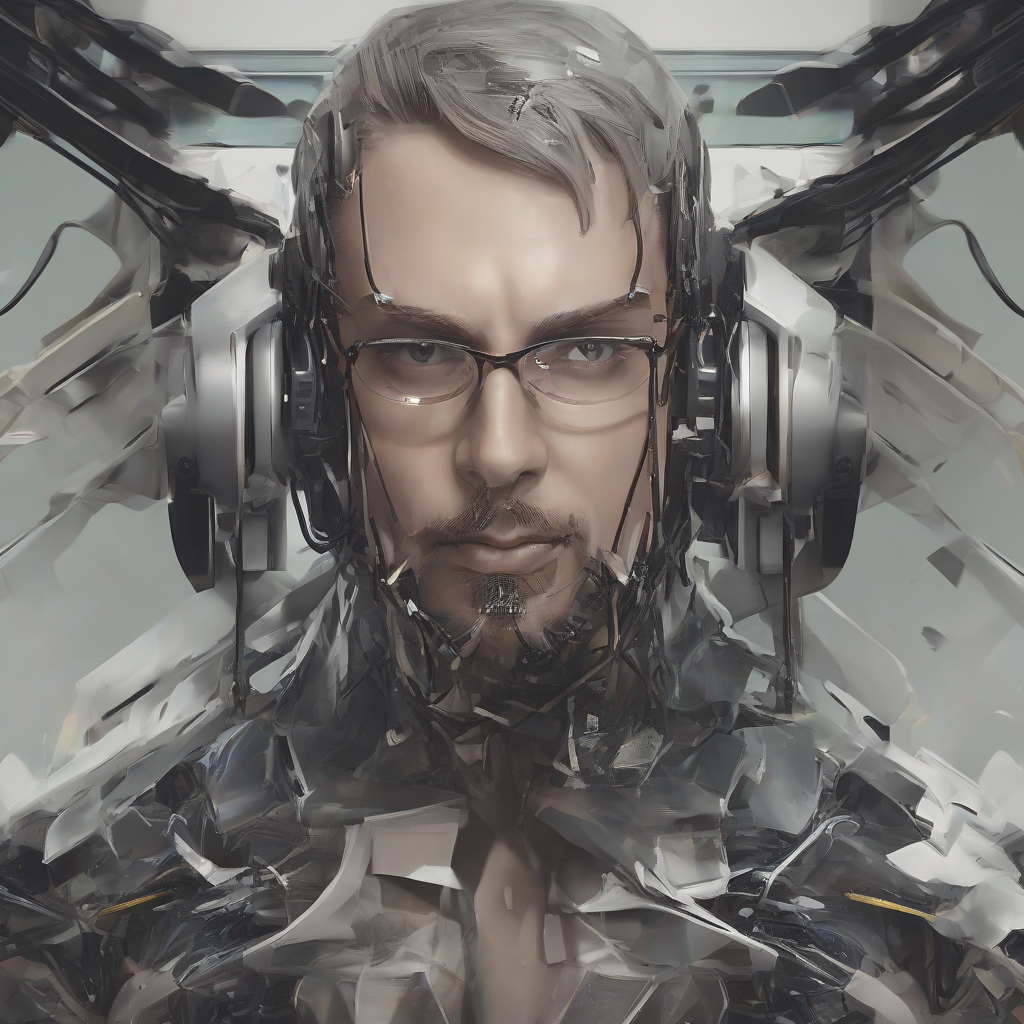Gardening Tips
The Silent Guardians: A Deep Dive into the World of Garden Scarecrows
The Silent Guardians: A Deep Dive into the World of Garden Scarecrows
From the whimsical to the downright terrifying, scarecrows have long held a place in our gardens and our imaginations. More than just simple deterrents to birds and other pests, these figures embody a rich history, cultural significance, and surprising artistry. This exploration delves into the multifaceted world of garden scarecrows, examining their origins, evolution, construction, symbolism, and enduring appeal.
A History Rooted in Agriculture
The origins of the scarecrow can be traced back to the dawn of agriculture. As humans began cultivating crops, they quickly encountered the problem of birds and other animals consuming their hard-earned harvests. Early attempts at protection were likely rudimentary, perhaps simply using sticks and branches to create a crude deterrent. However, the concept of a humanoid figure – a scarecrow – evolved as a more effective visual strategy. The basic premise is simple: to mimic a human presence, deterring pests who associate humans with danger or disturbance.
Evidence suggests scarecrow-like figures existed in ancient civilizations. While not exactly the straw-filled figures we’re familiar with today, the concept of using effigies to protect crops likely predates recorded history. The ancient Egyptians, for instance, used symbolic figures to protect their fields, albeit with different materials and possibly different symbolic meanings.
Evolution of the Scarecrow: From Simple to Sophisticated
The evolution of the scarecrow has been a gradual process, shaped by available materials, cultural influences, and changing agricultural practices. Initially, simple structures made from readily available materials like sticks, straw, and old clothes were sufficient. As time went on, scarecrows became more elaborate, reflecting the creativity and ingenuity of their creators. The use of discarded clothing and household items lent a distinct personality to each scarecrow, transforming them from mere deterrents into unique garden ornaments.
- Early Scarecrows: Simple, rudimentary figures constructed from readily available materials.
- Mid-Century Scarecrows: Increased sophistication with the use of more durable materials and increasingly detailed clothing.
- Modern Scarecrows: A wide range of designs, from traditional to highly stylized and artistic creations.
The Construction of a Scarecrow: A Practical Guide
Creating a scarecrow is a surprisingly straightforward process. The core components typically involve a frame (often made from wooden posts or sticks), stuffing (straw, hay, or even old clothes), and clothing. While the basic structure remains consistent, the creative possibilities are vast. The choice of clothing, accessories, and overall design can transform a simple scarecrow into a whimsical character or a genuinely unsettling figure.
- Framing the Scarecrow: Creating a sturdy frame that can support the weight of the stuffing and clothing is crucial.
- Stuffing the Scarecrow: Traditional stuffing materials like straw and hay offer a rustic aesthetic, while other materials can be used for different effects.
- Clothing the Scarecrow: This is where the creativity truly shines. Old clothes, hats, and other accessories can transform a simple frame into a unique character.
- Adding Accessories: Accessories such as hats, scarves, tools, and even painted faces can add personality and whimsy.
Scarecrows in Popular Culture and Folklore
Beyond their practical function, scarecrows have taken on a significant role in popular culture and folklore. Their solitary presence in fields, coupled with their often unsettling appearance, has fueled countless stories and legends. They have been depicted as both benevolent guardians and sinister figures, reflecting the multifaceted nature of their symbolic meaning.
- Scarecrows in Literature: From children’s stories to darker tales, scarecrows have been featured prominently in literature, often representing themes of loneliness, isolation, and the uncanny.
- Scarecrows in Film: Scarecrows have been portrayed as both comical and terrifying characters in films, highlighting their ambiguous nature.
- Scarecrows in Folklore: Folklore often imbues scarecrows with magical or supernatural properties, transforming them from simple farm implements into mystical entities.
The Symbolism of the Scarecrow: More Than Just a Pest Deterrent
The symbolism of the scarecrow is complex and multifaceted. While primarily serving as a deterrent to pests, they have also come to represent a variety of concepts and emotions. Their solitary existence in the fields often evokes feelings of loneliness and isolation, while their humanoid form can inspire both amusement and unease.
- Guardianship: The scarecrow’s primary role is to protect the crops, symbolizing guardianship and protection.
- Loneliness and Isolation: The scarecrow’s solitary existence in the field often leads to interpretations of loneliness and isolation.
- The Uncanny Valley: The almost-human appearance of some scarecrows can create an unsettling effect, falling into the “uncanny valley” – the space where something almost human but not quite is unsettling.
- Folk Magic and Superstition: In some cultures, scarecrows are associated with folk magic and superstition, sometimes viewed as having protective powers.
Scarecrows as Art: Transforming Utility into Aesthetics
In recent years, scarecrows have transcended their purely utilitarian role and have become a form of artistic expression. Artists and crafters have embraced the scarecrow as a medium, creating elaborate and imaginative figures that push the boundaries of traditional design. These artistic scarecrows often incorporate recycled materials, vibrant colors, and intricate details, transforming them into eye-catching garden ornaments.
- Recycled Materials: Artists often use recycled materials to create unique and sustainable scarecrow designs.
- Innovative Designs: Modern scarecrow designs often incorporate unconventional materials and styles.
- Community Involvement: Some communities hold scarecrow-making contests or exhibitions, fostering creativity and community spirit.
The Enduring Appeal of the Scarecrow
The enduring appeal of the scarecrow lies in its unique blend of practicality, symbolism, and artistic potential. It is a figure that simultaneously embodies the mundane realities of agriculture and the rich tapestry of human imagination. Whether viewed as a simple pest deterrent, a mysterious guardian, or a whimsical garden ornament, the scarecrow continues to capture our imaginations and hold a special place in our hearts and gardens.
From its humble beginnings as a simple deterrent to its current status as a subject of art and folklore, the scarecrow stands as a testament to human ingenuity and our enduring fascination with the interplay between the natural world and human creativity.

